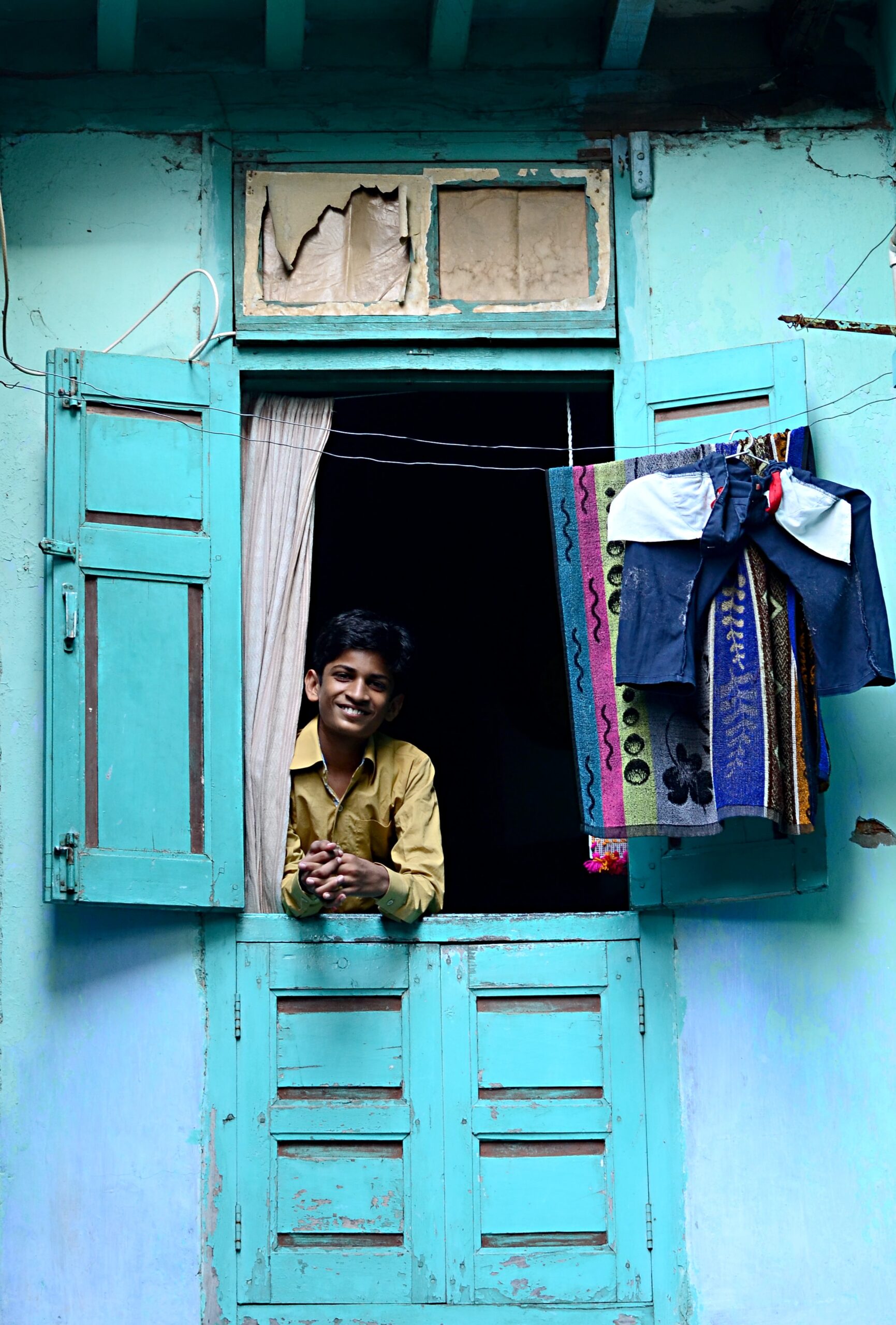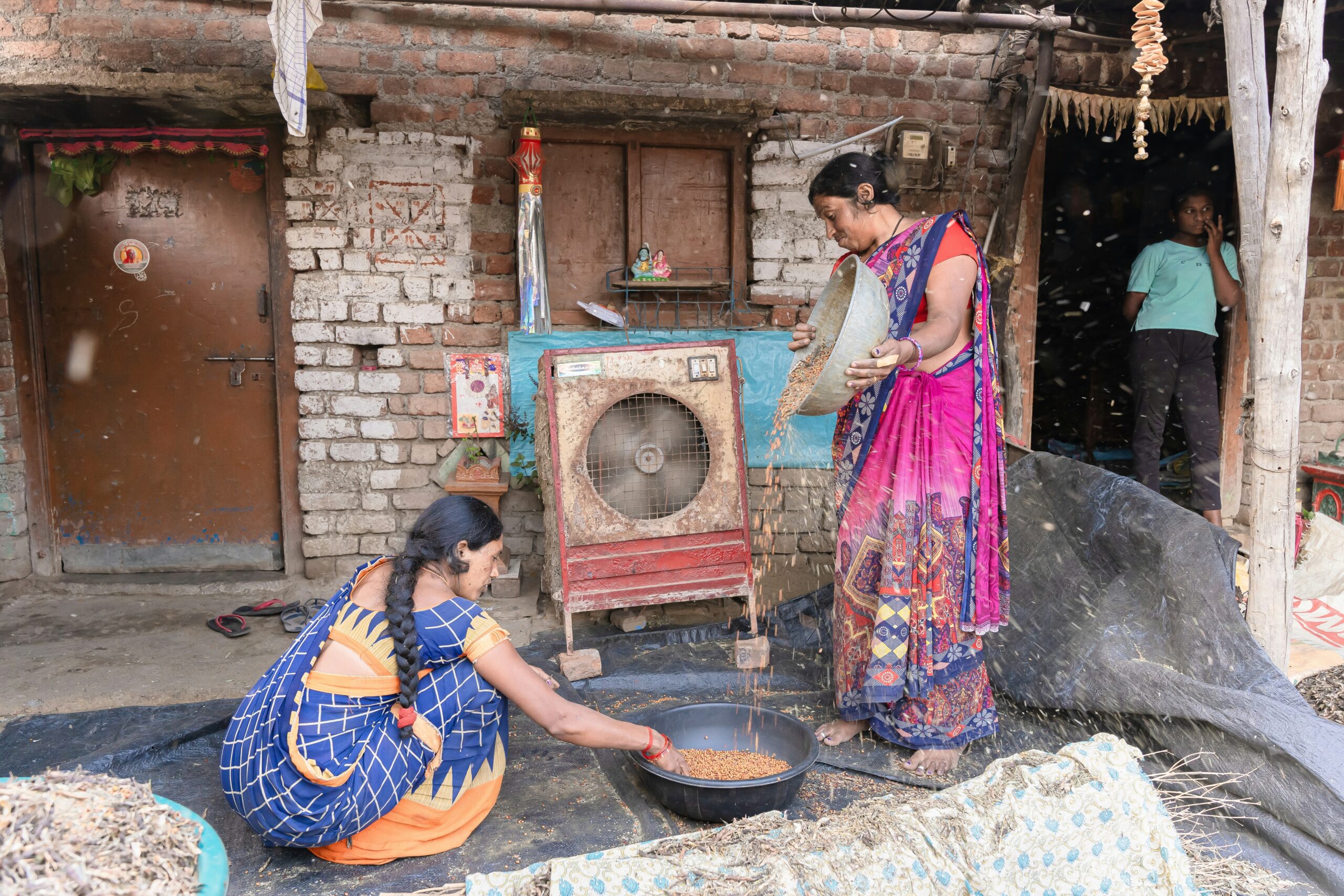
Shubham
Tech-enabled home loans for India's emerging consumers
60,000 0
Households served
$ 650 0 m
Loans disbursed
100 0 +
Branches Nationally
Shubham is a specialist affordable mortgage lender that operates in 9 states and has 100 branches across India. The company offers products with a strong market fit which is profitable and scalable.


